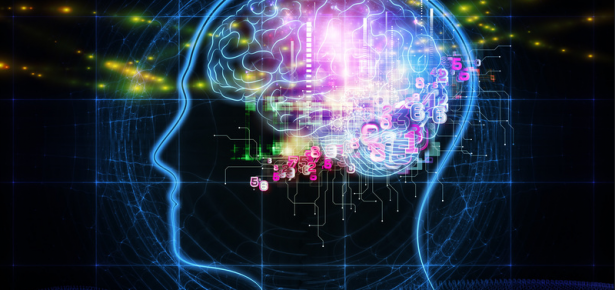
A Health Blog Photo via Creative Commons.
James R. Flynn, University of Otago, New Zealand
Richard Haier, University of California, Irvine
Robert Sternberg, Cornell University, New York
Neuroscientific investigation of intelligence has revealed many insights about the nature of intelligence. When I was younger, I made the mistake of thinking that some approaches to intelligence are intrinsically better than others—or that some approaches give more insight and others less. This leads to a kind of imperialism or reductionism that fails to acknowledge the benefits of multiple approaches.
I later realized that approaches are not intrinsically better or worse; rather, they answer different questions. For example, psychometric approaches address questions about the “geography” of intelligence—its abstract structure. Cognitive approaches address questions about how information is represented in the mind and about the mental processes that act on those representations. Developmental approaches address questions about how intelligence develops. Neuroscientific approaches address questions about where different kinds of mental activities go on in the brain. Anthropological approaches address questions about the interaction of culture and intelligence. And so forth. The approaches are complementary, not competing. There are some questions that can be answered really well by the neuroscientific approach, for example, such as in what parts of the brain people solve Raven matrix problems. But the approach will not tell us whether the Raven test is equally valid or useful as a measure of intelligence for upper middle class students at Bronx High School of Science in New York (a prestigious school) versus a small school in rural Kenya where children grow up in an agrarian environment with people who are just barely educated in a traditional Western sense.
Intelligence includes the ability to learn. People with low IQ, for example, have difficulties learning complex material. People with higher IQs often learn complex material faster. Every chapter of my book assumes that intelligence is 100% a biological phenomenon, genetic or not; influenced by the environment or not, and that the relevant biology takes place in the brain. That is why there is a neuroscience of intelligence to study. Perhaps my most controversial view is that I believe:
I don’t mean maximize it for any person—that’s the goal of education. I’m talking about increasing intelligence beyond whatever potential a person has naturally (politicians call this god-given talent; others call it genetic endowment). It is my belief that understanding the neurobiology of intelligence—that is how brain mechanisms produce effective problem solving—will give us insights into how to manipulate those mechanisms to enhance intelligence, perhaps dramatically. After decades of failing to find environmental interventions that increase intelligence, I’m more interested in the potential for neuroscience-based interventions. This might mean manipulating genes, brain growth factors, neurotransmitters, the amount of gray matter, the efficiency of white matter, or other salient brain variables with drugs or by other means like electrical or photo stimulation. These are exciting possibilities that are supported by the latest research that blurs the boundary between science fiction and what’s scientifically possible. My book details these developments.
We want to map the areas/networks of the brain that are activated when people perform various cognitive skills and observe differences that rank people’s performance. – James R. Flynn
Brain physiology should also illuminate cognitive trends from one generation to another. If doing the kind of inductive reasoning schooling requires provides exercise that enlarges the pre-fontal lobes, this should at show up at autopsy. More mapping exercise should mean an enlarged hippocampus. We cannot autopsy the people of 1900 but we could compare drivers versus non-drivers (perhaps the Amish).
The US National Institute of Health has launched a 10-years project. Advances in electrical, optical, acoustic, and genetic techniques will inform us about molecules, cells, circuits, systems, and cognitive behaviour. Technologies would include implantable devices with combined recording and stimulation capabilities. The project will seek: the neural circuits that underlie the ability to represent information symbolically (as in language) and use that information in novel situations; the neural circuits that enable mental mathematical calculations; and the patterns of neural activity that correspond to human emotional states. The Human Brain Project is similar, this time funded by the Europen Union
Physiology cannot replace psychology and sociology: we will still need causal explanations in all these areas. Physiology may predict who will be the best basketball player but we still need to know why someone is doing something as trivial as running down a court to throw a ball through a hoop, and why basketball became more popular after World War II, so that greater participation triggered a huge rise in performance. Brain physiology may chart how the demands of society on various cognitive abilities have altered over time, but we will still need to know how the industrial revolution made the demands of schooling more prominent over that last 150 years.
Enjoyed reading this post? sign up to Psychology Alerts to receive future posts via email.
————————————————————————————————————-
Week 1 – Can We Define Intelligence?
Week 2 – What role does neuroscience play in understanding intelligence and our capacity to learn?
Week 3 – What role do IQ tests play in measuring intelligence?
Week 5 – How can current research inform the development of new methods to assess intelligence?
Latest Comments
Have your say!